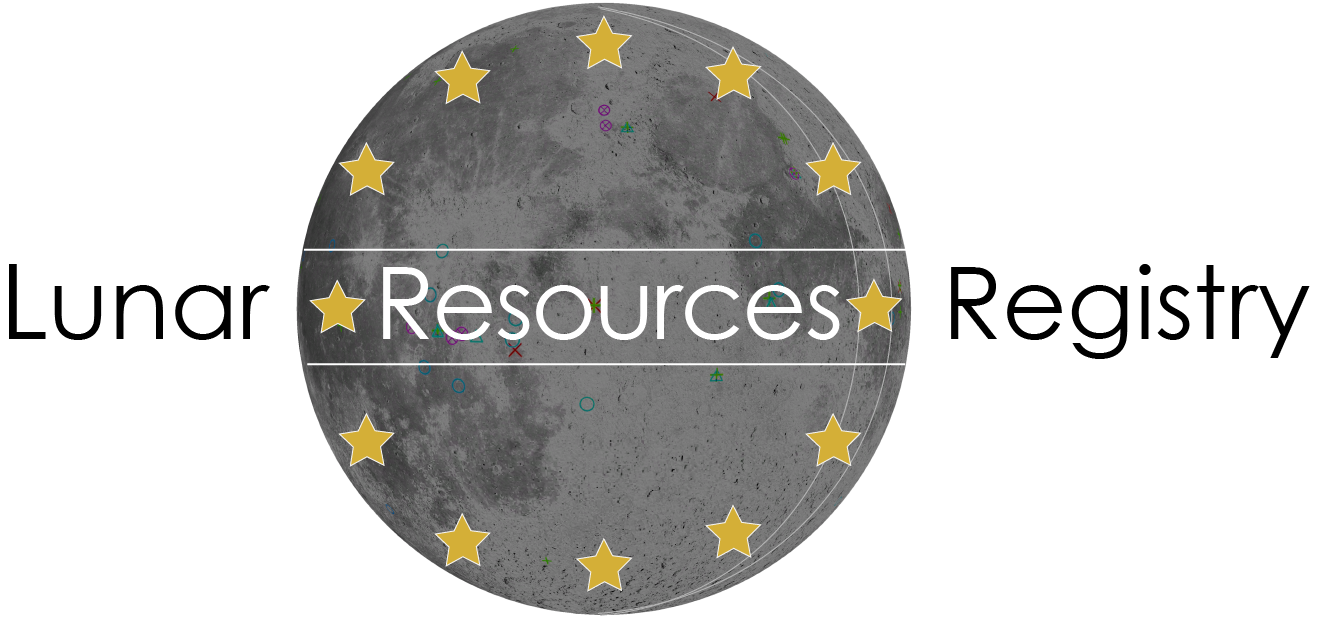
Welcome to the Open Lunar Registry
The Open Lunar Registry (OLR) is a non-commercial and transparent registry of existing, planned and proposed science and exploration activity on the Moon.
International Lunar Governance requires establishing precedents based on what is on the Moon, and what is to come, by collating reliable data on existing sites, and examining upcoming proposals and launch manifests of prospective Lunar missions.
Online Options on how to View the Open Lunar Registry:
Free to Access.
Open Lunar Registry for Education: Designed as a highly visual and educational tool for students and universities to explore activity on the Moon. Includes 71 locations.
Free to Access.
Open Lunar Registry for Governance: A Lunar Governance platform that monitors all known human activity on the Moon, includes Actual Missions, Planned Landing Zones, Lunar Pits and more. Also includes respective safety-zones.
Free to Access.
Visit the following Public Registry Lists:
All Human Activity on the Moon; Who, Where, What, When.
Planned Missions to the Moon: Monitor the evolving race back to the Moon !
Heritage Sites on the Moon: Early Missions and Crewed Apollo Sites.
2 Minute Survey: Would You Invest in a Lunar Mining Company?
Order a Printed Moon Map of the Open Lunar Registry!

What Type of Registrations are there?
The OLR currently displays Public Registrations for Actual Missions, Impact Sites, Planned Missions, and Heritages Zones, and Lunar Pits. Additional registrations include Smart-1 Imagery and NELIOLTA, which detect impacts on the Lunar surface.
Broader explanations are below:
Actual Presence: Existing locations of Landers and Rovers, including a safety zones of 4km radius / 8km diameter, marking a non-interference area.
Impact Zones: Locations of many impact sites, from early Cold War missions to disused hardware (e.g. boosters) and recent failures. These include both intentional and unplanned crashes. The Impact Zone includes a safety zones of 4km radius / 8km diameter, marking a non-interference area.
Planned Landers: These are assumed locations of missions within a publicly disclosed target locations, e.g. a mission to a crater. This list is updated regularly as Missions to the Moon are re-scheduled and their target landing locations changes. Note: Landers may overshoot planned locations. The Planned Lander Zone includes a safety zone of 24km radius / 4km diameter, marking a potential non-interference area.
Lunar Pits: The locations of Lunar Pits are included in the OLR as they are potential candidates for crewed habitats on the Moon.
Heritage Areas: For pioneering missions to the Moon, these locations include a safety zone of 5km radius / 10km diameter, marked to ensure these areas are not to be interfered with.
Smart 1 Images: Selected imagery from the Smart-1 Mission have been added to the registry, based on the Lunar locations.
Why an Open Lunar Registry?
The Open Lunar Registry is a non-commercial registry focused on Lunar Governance, and follows the Outer Space Treaty, plus other policies.
The Open Lunar Registry has pro-actively added non-interference zones around existing Landers, Rovers, Impact sites and Heritage zones.
There is a growth in missions to the surface of the Moon, the Open Lunar Registry shows who and what is where, also where who and what is planning to go (based on publicly available information).
Who Can Register?
If a Lunar Mission is well into planning, including the choosing of a launch provider and a location to land at, Registrations are created for:
- Space Agencies, when planning new missions to the surface of the Moon, or updating existing locations of registrations.
- CisLunar Companies, operating missions.
- Resources Investigators: Part of the reason for creating the OLR is the ongoing debate about use of the Moon’s resources, and allocating resources to nations that are space-faring, and not-yet-space faring. The OLR is a non-commercial and transparent solution.
- Academic, Scientific, NGOs and Not-for-Profit: Registrations can be created provided there is document support within the relative community.
Who Creates the Registrations?
Lunar Resources Registry UG manages the Open Lunar Registry, including online maps and registry.
There is a protocol for adding registrations. To make a submission, get in contact.
Background
Open Lunar Registry was developed by Lunar Resources Registry UG during:
- It‘s participation in the European Space Agency Business Incubationn Centre Hessen & Baden-Wuerttemberg, Germany, and
- As part of LRR’s ongoing research and networking regarding Lunar Policies.
Meet the Open Lunar Registry Team
Simon Drake, CEO, Project Manager
Jakob Rauch, Lunar Mapping Developer.
Kevin Mac Gowan, Lunar Governance.
Disclaimer
Lunar Resources Registry UG, as manager and operator of the Open Lunar Registry, has used publicly available data to construct an Open Registry of existing and planning activity on the Moon.
Some data may be incorrect or inaccurate, and users are advised to conduct their own research.



